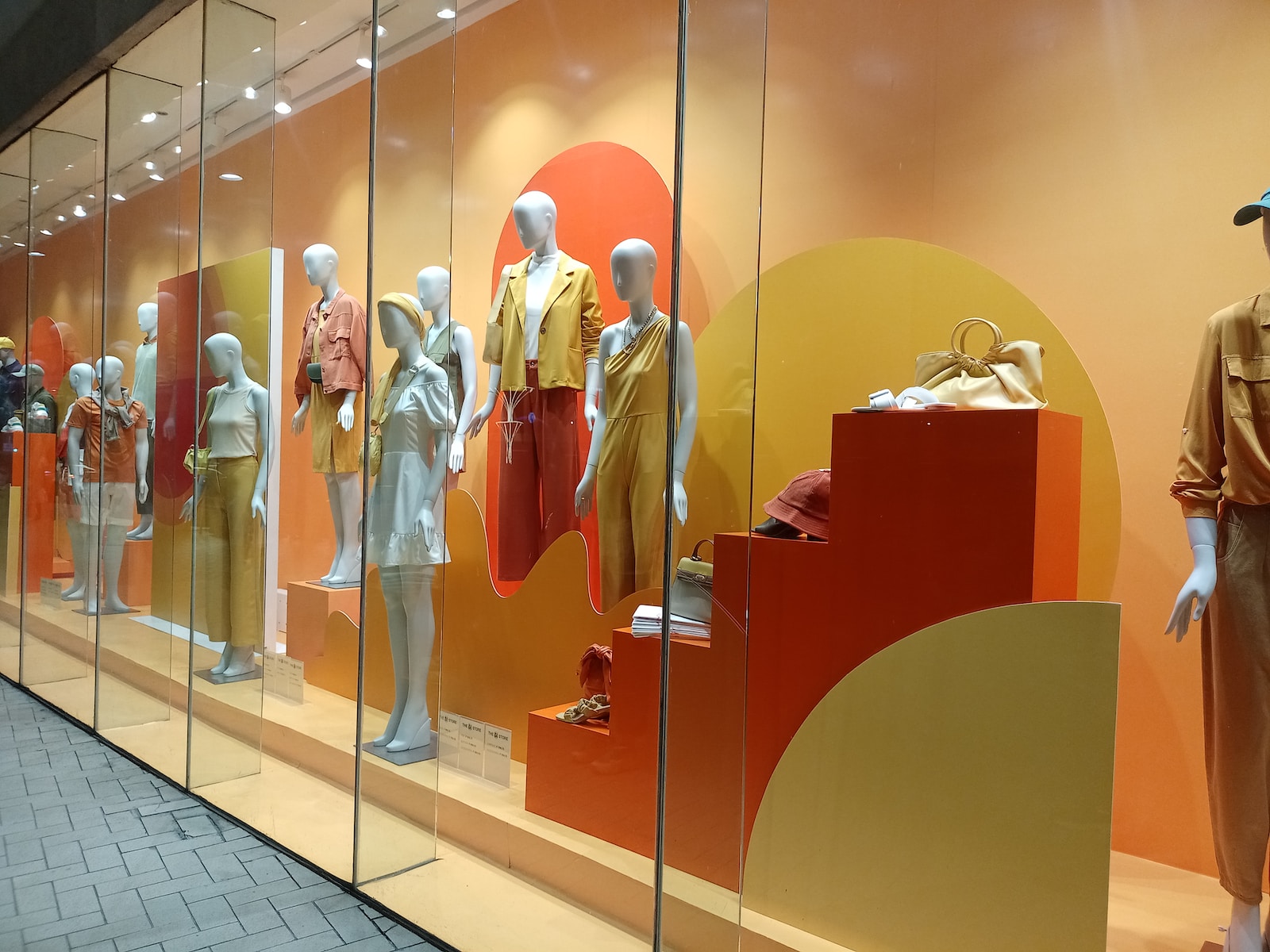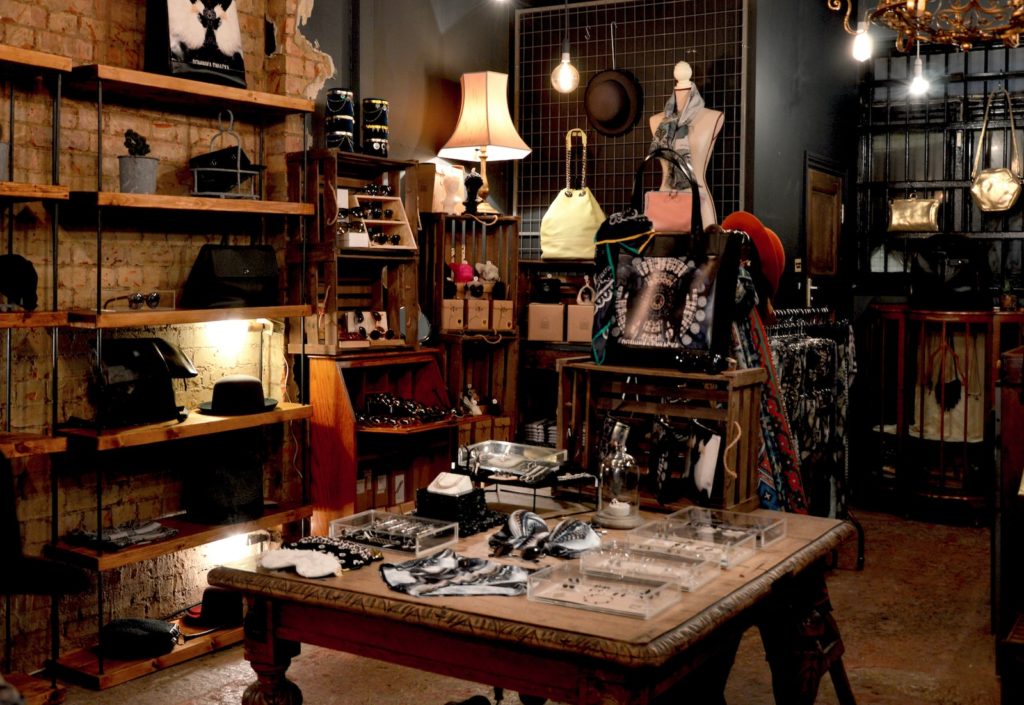
Have you ever found yourself unable to resist the allure of a beautifully arranged store window display? Felt drawn to a meticulously designed product layout or dazzled by the aesthetic arrangement in a showroom? If yes, then you have experienced the power of a visual merchandiser’s work. In this blog post, we’ll explore what a visual merchandiser does, the skills they need to succeed, and the impact they have on a brand’s image and sales. And who knows- maybe you’ll be interested in visual merchandising jobs both as a career or from a business perspective.
Defining Visual Merchandising
If you’ve ever has your attention drawn to the colors, sounds, fragrances, and lighting while you were shopping? If so, then you’ve experience the work of a masterful visual merchandiser. But it’s more than just rearranging and organizing products on display, it can be a passionate art form that’s enjoyable and rewarding. The impact that the visual merchandiser has on a store’s items and sales is much more than you might realize.
Visual merchandising is an essential aspect of retail marketing. It’s the practice of designing and implementing eye-catching product displays, store layouts, and window displays to engage customers, promote products, and increase sales. The primary goal of visual merchandising is to make the retail environment appealing to customers, ultimately influencing their buying decisions.
The history of visual merchandising is a long one, but to sum it up, it all began, “in 1883 by Gordon Selfridge, when used to work at Marshall Fields. He once decided to make products more in reach to customers by replacing counters with tables for display instead. He was also the pioneer for using windows for merchandise display. From then on, customers would pass through the appealing stores and observe the shops and turn into window shoppers,” according to Wooqer. From here, the emergence of the department store took prominence and transformed visual merchandising into a powerful sales tactic and respectable art form that encapsulates visual storytelling.
Role of a Visual Merchandiser
A visual merchandiser is a professional responsible for conceptualizing, designing, and executing visual displays. Their job is to create an immersive shopping experience that showcases a store’s products in the most enticing way possible.
- Designing Displays: One of their key responsibilities is designing store windows and in-store displays. They arrange products, props, lighting, and signage in a manner that is visually appealing and aligned with the brand’s image. They must also frequently update displays to match seasonal trends, new product launches, or sales events.
- Store Layouts: Visual merchandisers design the floor layout of a store to guide customer flow, encourage product interaction, and maximize sales per square foot. They strategically place products and create pathways to lead customers through different sections of the store.
- Brand Image Maintenance: They uphold the brand’s image and identity. Everything they do – from the colors and materials used in the displays to the lighting and signage – must align with the brand’s aesthetic and communicate its values to the customer.
- Sales Enhancement: Visual merchandisers work closely with marketing, sales, and inventory teams. They use sales data and customer behavior analysis to position products in a way that boosts sales.
It’s up to the visual merchandiser to make sure that customers can quickly be engaged and located the items they want to purchase effortlessly. Additionally, they should be enticed by other products, with their curiosities piqued, and are responsible for maintaining the consistency of a store’s brand image.

Skills Needed in Visual Merchandising
Visual merchandisers must be a blend of creative and analytical thinkers. Here are some key skills they require:
- Creativity: This is fundamental for designing compelling and unique displays that stand out and attract customers.
- Spatial Awareness: Understanding how to best utilize the available space, whether it’s a store window, a shelf, or the entire store, is crucial.
- Understanding of Color Theory and Design Principles: A good visual merchandiser has a solid grasp of color, balance, contrast, and proportion to create harmonious and engaging displays.
- Analytical Skills: They need to interpret sales data and customer behavior to determine which products to promote and how best to display them.
- Communication and Collaboration: Visual merchandisers often work with different teams within a business, so being able to communicate and collaborate effectively is vital.
On a regular basis, a visual merchandiser is responsible for:
- Brand analysis
- Competitor studies
- Brand outreach
- Inventory maintenance
- Market research
- Safety checks
- Creating trends
- Consultation
- Store updates
- Sales research
- and more.
Impact of Visual Merchandising
Visual merchandising is a critical component of a retailer’s success. A well-executed visual merchandising strategy can boost a brand’s image, increase customer engagement, and directly impact sales. It can create a unique shopping experience, setting a brand apart from its competitors, and build a connection with customers that goes beyond the simple transaction of buying a product. It also works in tandem with a retail store’s strategic layout.
In conclusion, a visual merchandiser is an artistic storyteller, using design elements to craft a visual narrative that aligns with a brand’s message and appeals to its target audience. Their role is not just about making a store look attractive; it’s about creating an immersive environment that engages customers, promotes products, and drives sales. Next time you find yourself captivated by a store display, take a moment to appreciate the thoughtful work of the visual merchandiser behind the scenes.

Leave a Reply
You must be logged in to post a comment.